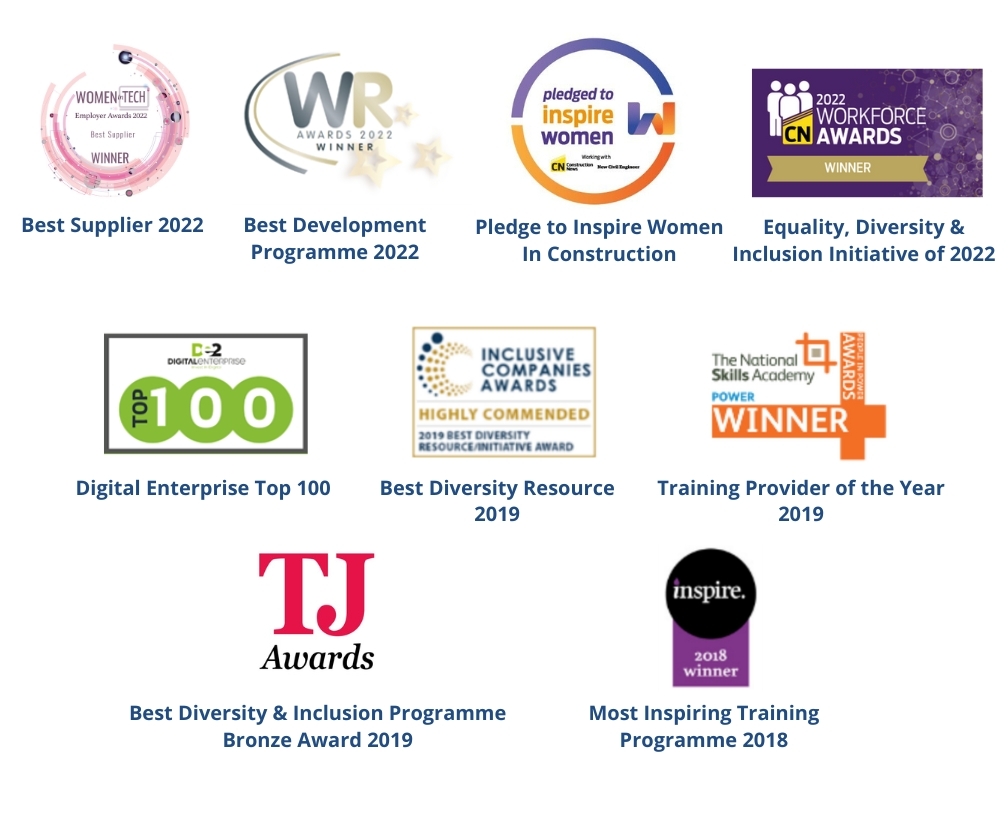Equality and equity are often confused with one another or thought to be very similar; in fact they have different meanings and when applied in reality, can have very different results.
Equality is defined as providing the same resources and opportunities to everyone.
Equity provides the resources and opportunities needed based on individual circumstances to reach an equal outcome1.
Equity in the workplace comes after a diverse, inclusive, and equal workplace is established. A diverse workforce has employees from different backgrounds, ages, and genders at all levels. An inclusive workforce is where everyone is welcome to comfortably contribute and employees feel valued. When all of this is put together and employees are feeling empowered, they know they’re being equally valued2.
Read our blog on What is Diversity?
Equity happens when an organisation intentionally, consciously, and purposely ensures all its employees have access to the resources, opportunities, support, and treatment needed for them to succeed whilst emphasising specific individual need. A one size fits all approach isn’t equitable3.
Often using an approach which treats everyone equally doesn’t always work out that way. Take for example the image below which demonstrates equality and equity.

Image from the Robert Wood Johnson Foundation
The traditional view of equality is to treat everyone the same, but we can see that this doesn’t work for everyone in the above image. But by recognising the individual difference, and in this case, providing more suitable bikes, we have reached equity.
A further example is that perhaps your organisation uses a HR platform which covers expenses, performance reviews, recruitment, and more. However, it doesn’t come with any accessibility features which means that when a highly qualified and experienced engineer tries to apply for a job that your organisation is desperate to fill, she can’t because the platform isn’t compatible with the accessibility software she uses because her sight is deteriorating4.
Why Does This Happen?
When we have homogenous teams or a lack of diversity in the workplace, often groups with different needs or expectations can be left out. In the above HR platform example, had there been one person with a disability in that workplace, then the lack of equity would hopefully have been avoided. Homogenous teams tend to appear because of our own unconscious biases, we tend to like those or feel drawn to those who are similar to us. When this is replicated through recruitment, sometimes we can unconsciously hire in our image, leading to teams that think and act similarly.
Becoming aware, challenging, and exploring our own unconscious biases is a key part of ensuring equity in the workplace. Our Unconscious Bias workshop explores the impact of bias in the workplace, why we have biases and stereotypes, and how we can counter them.
Read about The Stereotype Affecting 60% of UK Employees
How can we treat people more equitably in the workplace?
Treating people equitably means treating them differently to treat them fairly. Individual adjustments, changes to the workplace environment, and removal of barriers are a key part of an equitable workplace. Further adjustments that can be made are:
Why is Inclusive Leadership Important?
Our Inclusion Allies workshop creates a safe space to have structured and open dialogues with a diversity and inclusion specialist where the importance and value of allyship is highlighted, as well as providing the opportunity to learn specific tools and techniques to become an effective ally.
Prioritising equity in the workplace is a vital part of levelling the playing field and giving each individual employee the opportunities and resources they need to progress and access opportunities within an organisation. Having an equitable workplace leads to greater leadership opportunities, better work/life balance, better retention and attraction of talent10 and job satisfaction11.
Photo by Steven Lelham on Unsplash
